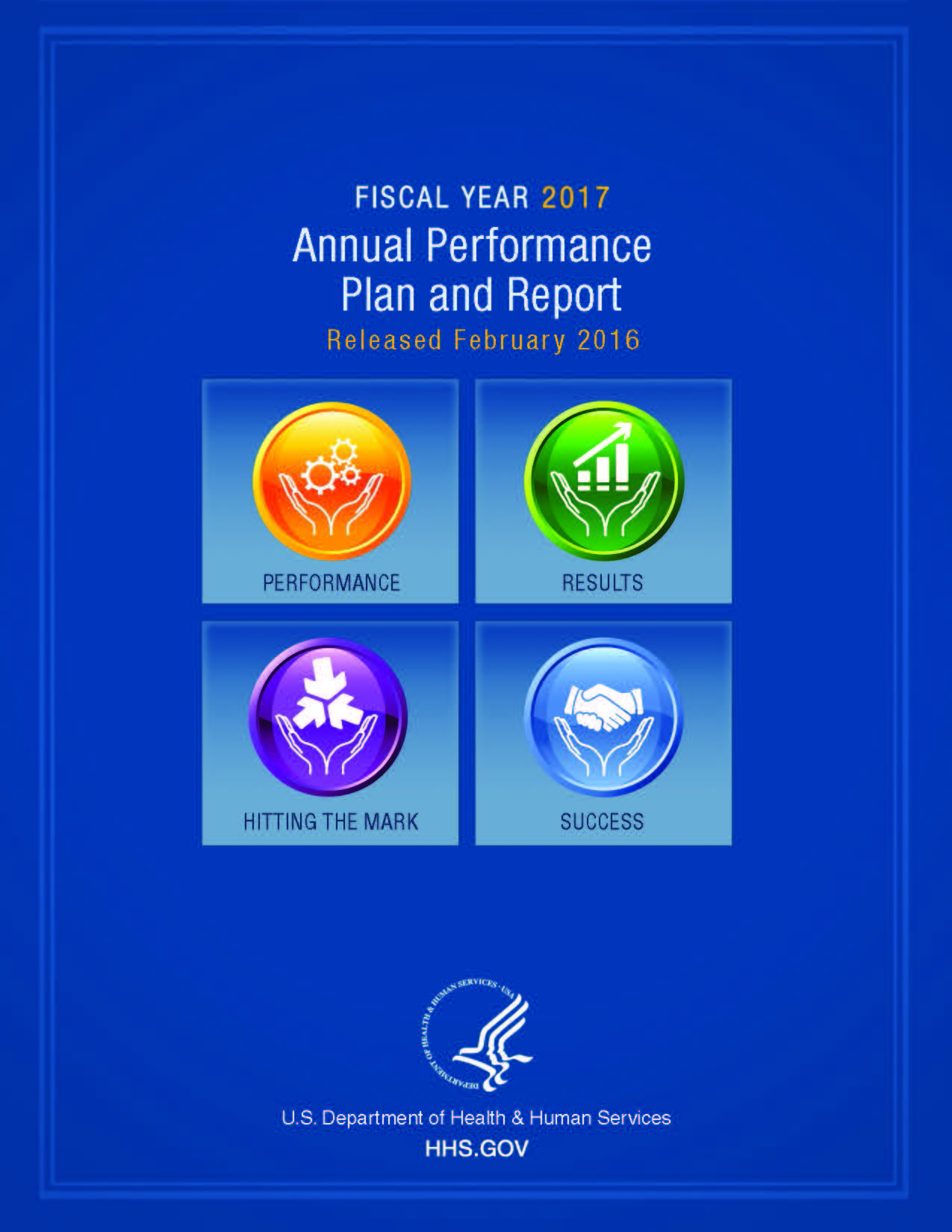- Home
- Agencies
- Department of Agriculture
- Department of Housing and Urban Development
- General Services Administration
- Department of Commerce
- Department of the Interior
- National Aeronautics and Space Administration
- Department of Defense
- Department of Justice
- National Science Foundation
- Department of Education
- Department of Labor
- Office of Personnel Management
- Department of Energy
- Department of State
- Small Business Administration
- Environmental Protection Agency
- Department of Transportation
- Social Security Administration
- Department of Health and Human Services
- Department of the Treasury
- U.S. Agency for International Development
- Department of Homeland Security
- Department of Veterans Affairs
- Goals
- Initiatives
- Programs
Primary tabs
Strategic Objective
Increase our understanding of what works in public health and human service practice
Strategic Objective
Overview
Working together with its public and private partners, HHS is committed to improving the quality of public health and human service practice by conducting applied, translational, and operations research and evaluations. HHS also monitors and evaluates programs to assess efficiency and responsiveness and to ensure the effective use of information in strategic planning, program or policy decision making, and program improvement.
Progress Update
Please note that this section summarizes the result of the FY 2014 HHS Strategic Review process, limiting the scope of content to that available prior to spring of 2015. Due to this constraint, the following may not be the most current information available.
Conclusion: Progressing
Analysis: HHS is committed to improving the quality of public health and human services practice by conducting applied, translational, and operations research and evaluations as well as using data for decision-making. Accomplishments related to furthering this objective included the publication of an ACF evaluation policy which identifies five important principles to guide evaluation: rigor, relevance, transparency, independence, and ethics. Notable examples of recent publications include findings from Head Start CARES, a randomized trial of the effectiveness of three approaches to improving preschoolers’ social and emotional competence; data from the three-year follow-up survey of the National Survey of Child and Adolescent Well-Being, a paper on integrating human services and health programs under the Affordable Care Act, and a journal article on “Sustained Effects of the Communities That Care System on Prevention Service System Transformation.”
Early outcomes from the Partnership in Employment (PIE) Systems Change grant have shown improvements in a variety of approaches within states including California’s Program for Transition Age Youth no longer permitting sub-minimum wages for transitioning youth as well as efforts in Missouri which led to increases in Business Partnerships and the number of businesses providing employment opportunities for youth and young adults with I/DD. The Bridgespan Group released in November 2013 a report entitled, “What Does It Take to Implement Evidence-based Practices? A Teen Pregnancy Prevention Program Shows the Way,” in which they identified the Teen Pregnancy Prevention program as a model for implementing evidence-based programs with fidelity and quality. In addition, several HHS Divisions partnered to host the 2014 HHS Teen Pregnancy Prevention (TPP) Conference, Bridging the Gaps: Eliminating Disparities in Teen Pregnancy and Sexual Health. This collaborative effort brought together close to 1,000 people, sparked previously unavailable opportunities for coordination of state and local efforts to prevent teen pregnancy, reduced duplication, and demonstrated good stewardship of federal funds.
The Minority AIDS Initiative addresses the disproportionate impact of HIV/AIDS on communities of color. In FY 2014, HRSA funded seven new or ongoing MAI projects that increase understanding of what works in the delivery of comprehensive, culturally, and linguistically appropriate HIV/AIDS care and treatment. Examples include: Reaching Low Volume Clinician Providers Through Telehealth Training Centers; UCARE4 (The Use of Mobile Texting to Improve Retention in Care and Medication Adherence in Youth and Adult Minorities Living with HIV in Southern States); and Health Literacy Project Targeting Adult and Young Black MSM.
HHS is working to build evidence about what works though available procurement vehicles, which lack the flexibility needed to match the dynamic nature of the high-quality evaluations and statistical surveys that are essential to building evidence about what works. Barriers exist that prevent the adoption and implementation of newly devised and research-tested interventions into service systems. These barriers may occur at the individual level, practice level, or broader organizational level. For example, an evidence-based program may require extensive clinical training, the cost of which may be prohibitive for a provider. Other financial barriers may exist such as the inability to get reimbursed for providing a specific intervention.








